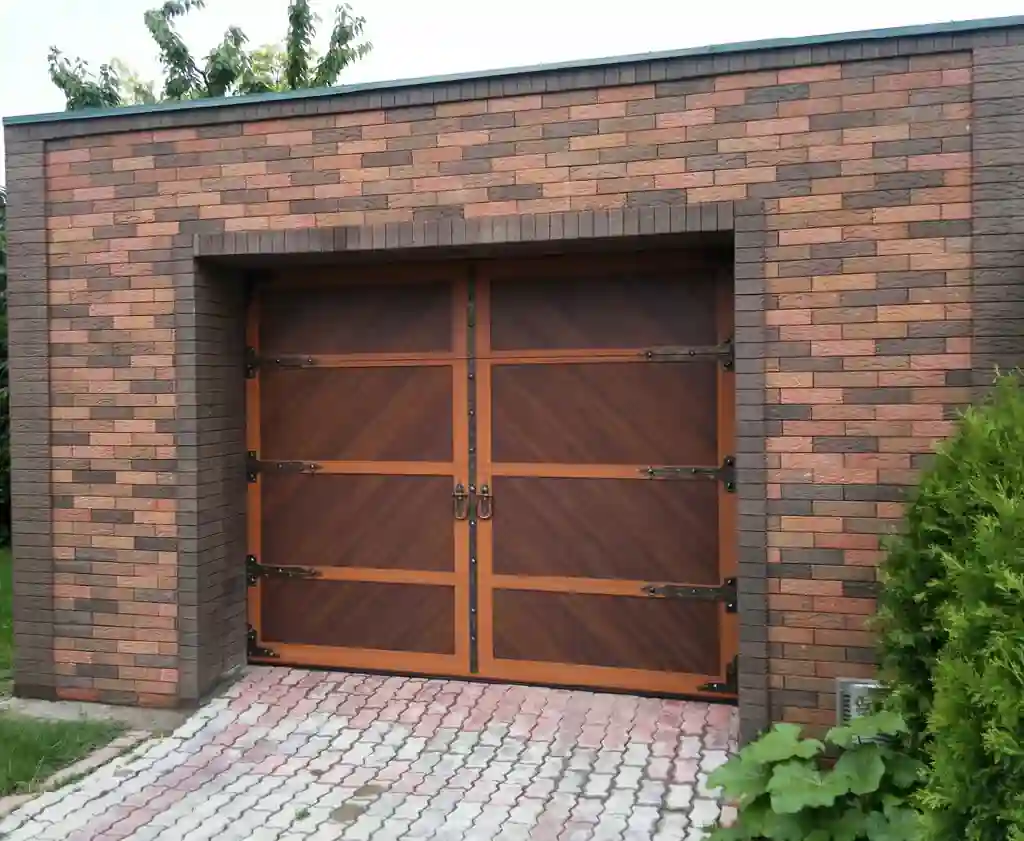You don’t spend a ton of time thinking about your garage door, do you? Most people don’t. It’s just… there. It opens, it closes, it creaks a little in winter, and occasionally you wonder if it needs oil or something. But what’s wild — and I didn’t really believe this until I tried it myself — is just how big a difference insulating garage door can make.
10 Key Benefits of Insulating Garage Door
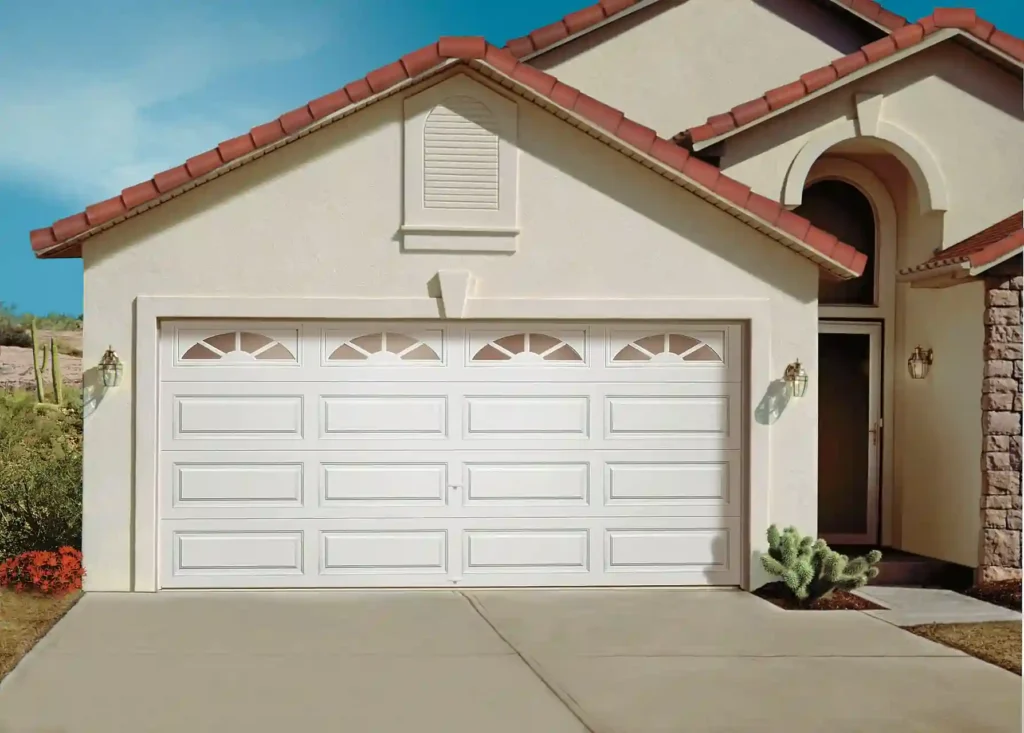
Not flashy. Not expensive. But wow, does it shift the comfort levels in your garage and the rest of your home in a surprisingly quiet way.
Let’s walk through the unexpected upsides — the little and the big — of insulating garage doors in 2025. No hard sell here, just stuff I wish someone had told me before I dealt with a frozen garage gym and condensation all over my tools.
1. The Temperature Difference Is… Honestly, Kinda Shocking
You step into your garage mid-January, and instead of seeing your breath and grabbing a space heater (again), you actually… pause. Because it’s not freezing. You can feel the difference in temperature. That’s the first thing you notice.
Insulating Garage door kits — especially the better ones with reflective film or closed-cell spray foam — don’t just make things warmer in winter. They help maintain a stable indoor temperature. In summer months? You’re not melting either. That aluminum foil layer bounces off radiant heat like a tiny miracle.
And if you live in, say, Milwaukee or anywhere that dips into single digits during cold spells — this is more than a comfort thing. It’s protection.
2. Reduces Energy Costs (Sometimes Dramatically)
If your garage is attached to your house — which is more common than not — the heat transfer through that giant metal garage door is brutal. Warm air escapes, cold air sneaks in. It’s like a hole in your heating budget.
Insulate a garage door act like a barrier. Less air leakage. Better heat retention. And yeah, less strain on your HVAC system, which means lower utility bills. Every month. It adds up.
Some folks say they’ve cut their energy costs by up to 20% just by sealing up the garage. I wouldn’t bet the mortgage on those numbers — but even a 5–10% difference in your heating or air conditioning costs makes a noticeable dent.
3. Your Garage Becomes Actually Usable Year-Round

This one hits home. I used to have this half-hearted attempt at a wood shop in the garage. But winter would roll in and… nope. Tools too cold to grip. Sawdust freezing on surfaces. It just wasn’t worth it.
After adding some insulating garage door panels (I used the Owens Corning Garage Door Insulation Kit — decent stuff), it felt like a whole new space. Even with a simple space heater, the warmth stayed in. You could feel it holding.
Whether it’s your home gym, a place for your side hustle, or just somewhere to escape when the kids are loud — making your garage warm (or at least not freezing) changes the game.
4. Protects Stuff You Actually Care About
Let’s be real. Most of us store more than just cars in the garage. There are tools, holiday decorations, sports gear, camping stuff, maybe even a backup gas water heater or a mini-fridge.
Extreme temperatures — and worse, fluctuating temps — wreak havoc on all that. Plastic becomes brittle. Electronics fail. Paint goes bad. Rust happens faster than you think.
An insulated garage keeps those temperature swings under control. It doesn’t turn it into a luxury showroom, but it does extend the life of the stuff you probably don’t want to replace every year.
5. Quieter Garage. Quieter Home.
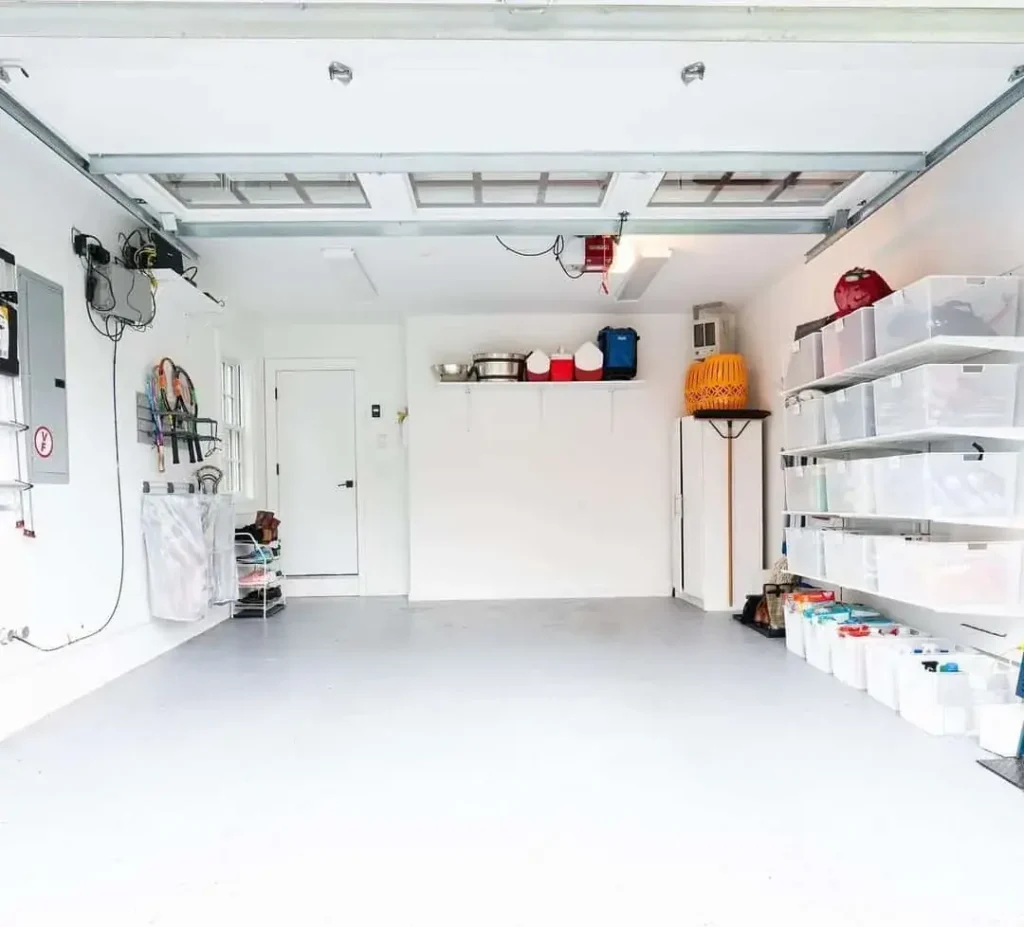
This one surprised me. I didn’t expect soundproofing to be a thing, but it kind of is.
Insulating garage door panels adds mass. It softens external noises — like wind or passing cars — and dulls the loud grind of the garage door opener.
Even inside the house, things feel quieter. Like your garage became a soft buffer zone between the world and your kitchen.
6. It’s a DIY Project — No Contractor Required
Here’s the thing: You don’t need to pay someone thousands to install a whole new insulate garage door.
You can grab a insulating garage door kit from Home Depot, Menards, or online (the Cellofoam Garage Door Insulation works well if you’re on a budget), and knock it out in an afternoon.
Grab some foil tape, double-sided tape, a sharp utility knife (or a really steady hand with a razor knife), and maybe some safety glasses if you’re cutting foam panels. That’s pretty much it.
Just be mindful — adding insulation adds weight. If your garage door springs are already old or weak, you might need heavier springs to keep the balance right.
7. It’s Cheaper Than Replacing the Whole Door
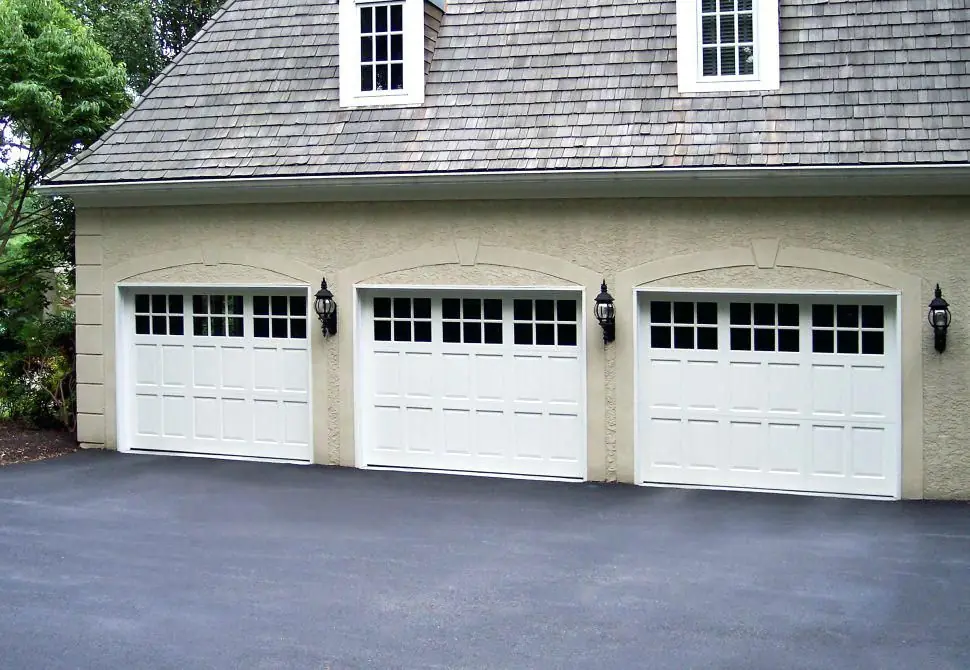
Let’s talk cost. Replace garage door with a factory-insulated one? You’re looking at a few thousand dollars. Add labor costs, and it’s not pretty.
Insulating your current door — especially if it’s a standard garage or a double car garage — is a much cheaper alternative. Depending on your setup, you’re maybe spending $100–$300 total.
Plus, you can do it in stages: start with the garage door panels, then maybe tackle the garage walls or ceiling later.
8. Improves Overall Energy Efficiency of the House
Even if the garage isn’t heated, it’s a gateway. Especially in colder climates. That door to the kitchen? It leaks heat every time it’s opened. That ambient heat loss adds up.
By insulating garage door, you’re helping the rest of the house maintain warmth. It’s one of those “invisible” upgrades — not obvious at first, but your home just feels more… consistent.
Especially helpful if you’ve got a detached garage turned into a guest house or home office. That’s where things like closed-cell foam or rigid foam boards really shine.
9. Better Resale Value Without Major Renovation
People notice. Maybe not in a flashy way, but when potential buyers or renters feel that warm garage during a showing — it leaves a subtle impression.
Plus, it’s an easy “energy-efficient improvement” to list without needing permits or major overhauls. It’s a simple value booster for your Estate Garage or even just your everyday Standard Garage.
And honestly, if you’ve turned the garage into anything more than just storage — buyers love seeing that it’s been cared for.
10. Future-Proofs Your Space for Whatever You Want to Use It For
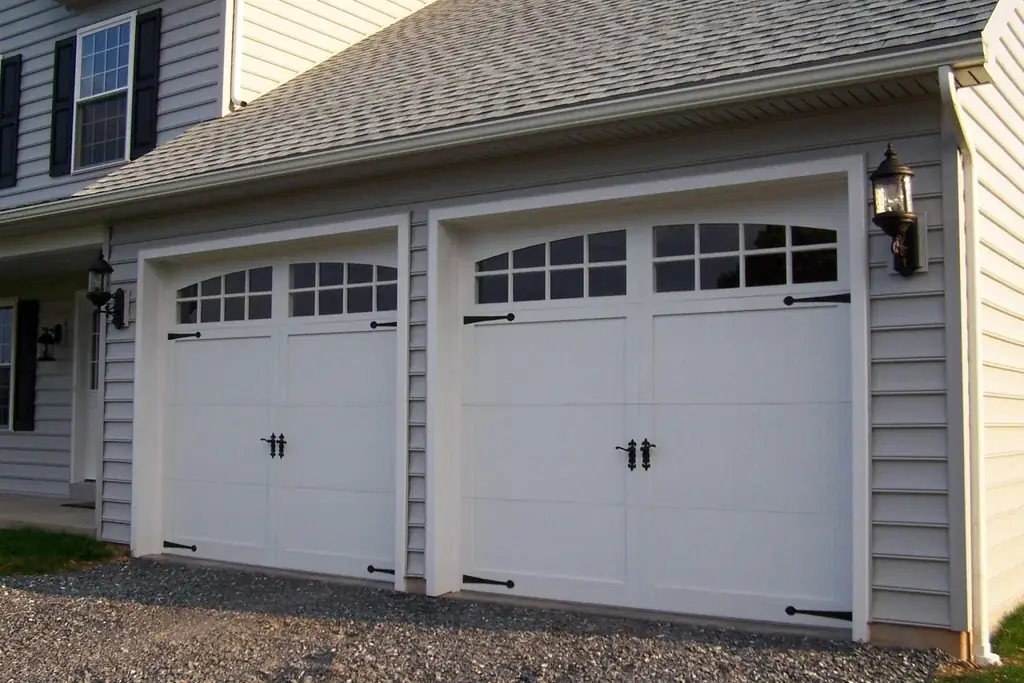
The thing about insulating your garage door is it opens up options.
Want to turn it into a gym? A workshop? A podcast studio? Heck, even a yoga zone? You won’t have to rely on a propane heater or industrial fan anymore. That insulated door stabilizes the indoor temperature enough to give you flexibility.
It makes your garage a space you can grow into. Not just store things in.
Pro Tips Before You Start
- Choose the right insulation type. Reflective foil boards for hot climates, closed-cell foam for cold climates, and foam insulation panels for a nice middle ground.
- Seal the gaps. Around the garage door frame, garage floor, and ceiling. Vinyl strips or thresholds help with air infiltration.
- Don’t forget balance. If you add too much additional weight, your garage door springs and opener may struggle. Rebalancing may be needed.
- Mind the dust. If your garage gets dusty, consider a dust separator or vinyl trim along the edges.
Final Thought
Insulating garage door isn’t the kind of upgrade that gets a lot of attention — no one throws a party for R-value improvements or reduced air leakage. But the difference it makes? It’s quietly transformative. Whether you’re just trying to keep your tools from freezing, cut down on your heating bill, or finally make use of that space without needing a coat, it’s a surprisingly effective fix.
And honestly, for a weekend DIY project, it gives you more comfort, protection, and energy efficiency than you’d expect. No major renovation. No massive budget. Just… a warmer, quieter, more usable garage — in every season.
Frequently Asked Questions
1. Is insulating my garage door really worth it?
Honestly? Yeah. You’ll feel the difference in temperature, especially during extreme weather — and your energy bill might thank you.
2. Can I do this myself or should I hire someone?
Most people can DIY it. If you’re comfortable with a utility knife and some tape, you’re good. Just follow a guide.
3. How much does it cost to insulate a garage door?
Kits range from $100 to $300 depending on the size and type. Way cheaper than replacing the whole door.
4. Will my garage door opener still work?
If your door gets too heavy, the opener might struggle. You may need to adjust the springs or upgrade to heavier springs.
5. What’s the best garage door insulation for hot climates?
Reflective film or radiant barrier insulation is great for bouncing off summer heat.
6. Is there a best brand for garage door insulation kits?
Owens Corning and Cellofoam are solid. Some folks swear by custom kits with rigid foam and foil tape.
7. Does it make a big difference in winter?
In colder climates? Absolutely. It keeps the chill out and your indoor temperature steadier.
8. Will insulation reduce garage noise?
A bit, yes. It adds density to the panels which softens outside noise and mechanical sounds.
9. Can I just insulate the door, or do I need to do the walls too?
Start with the door. If that’s not enough, then look at the garage ceiling and walls.
10. How long does garage door insulation last?
Good insulation panels or foam can last over a decade. Just check for wear during your seasonal garage checkups.

